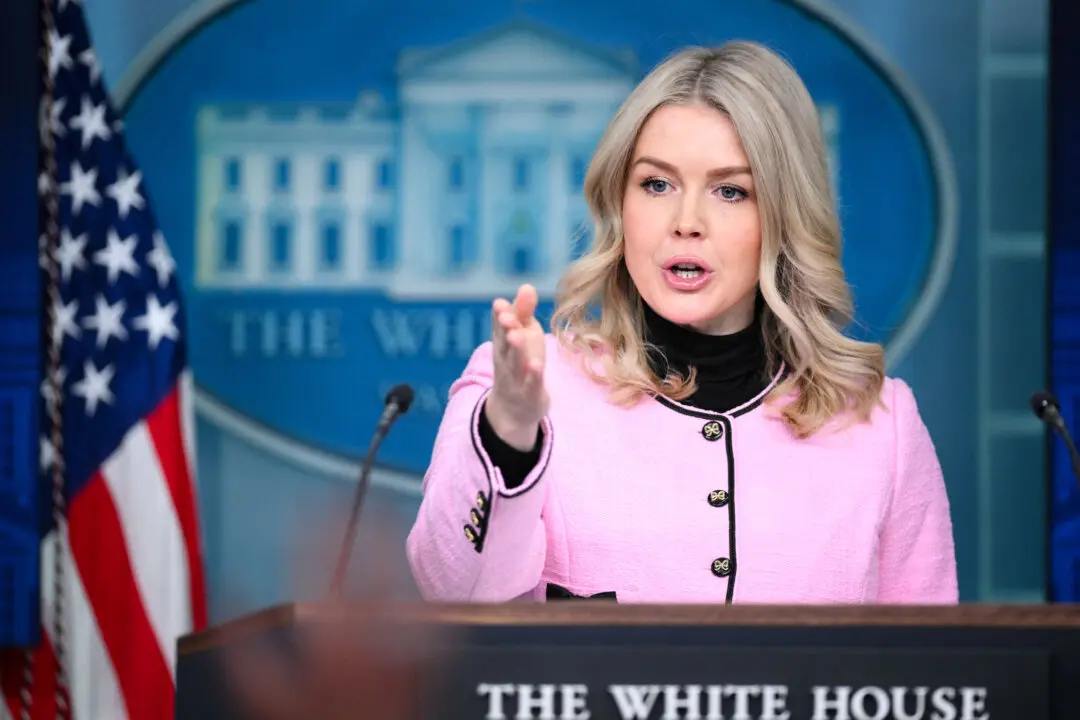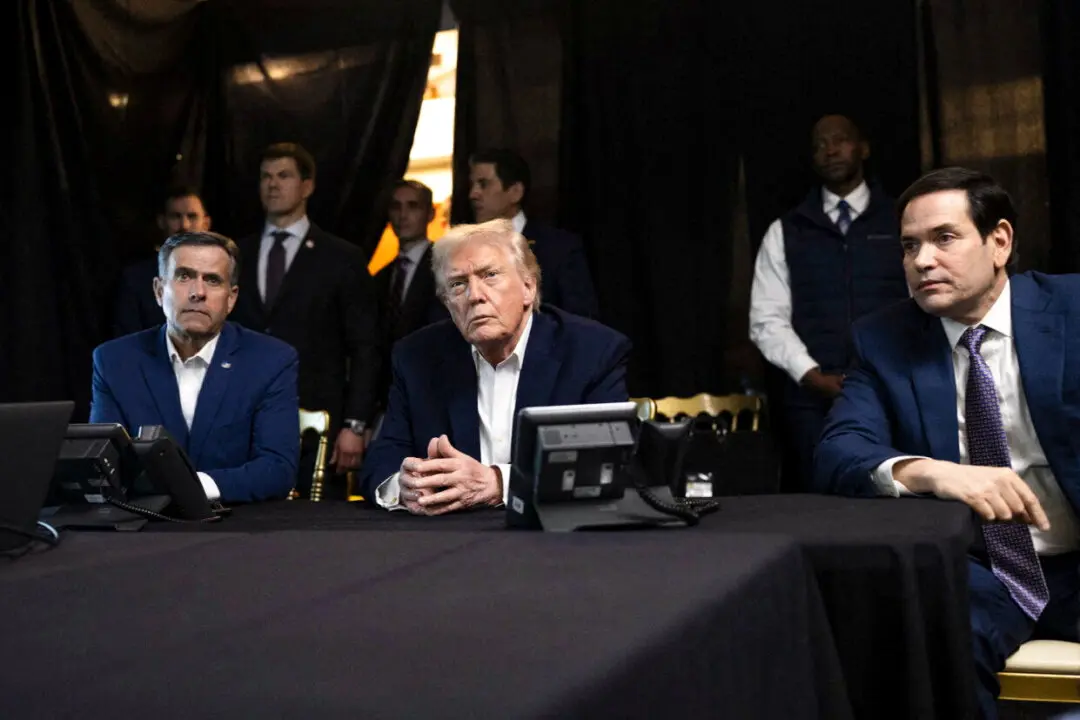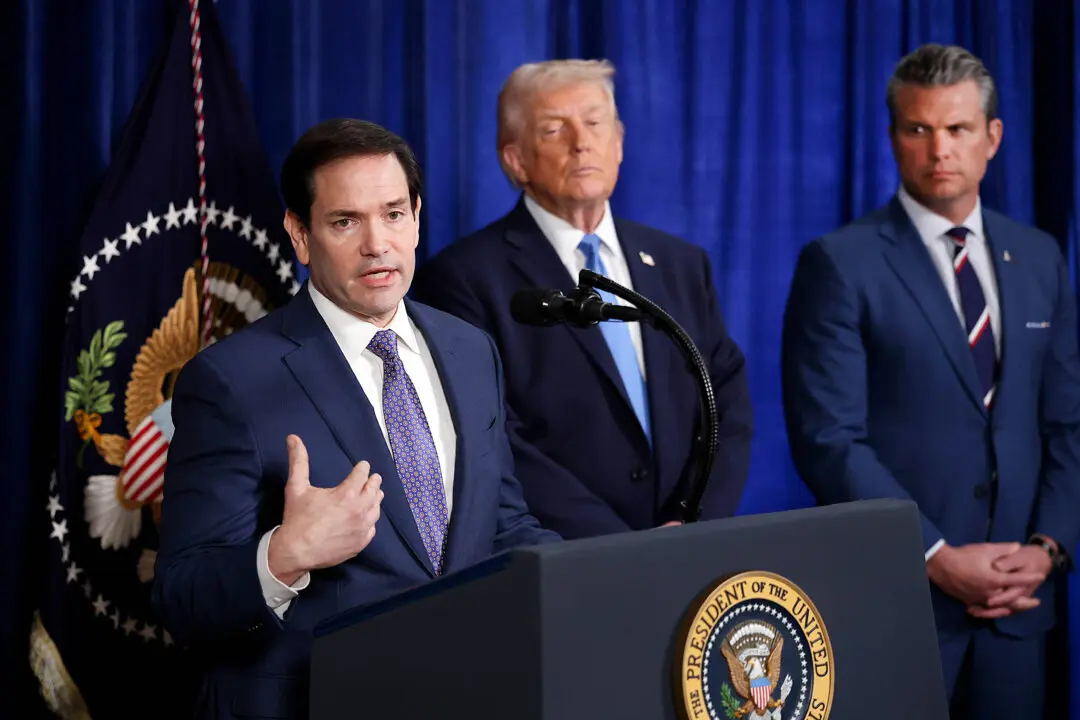WASHINGTON—The partial shutdown of the federal government that began Dec. 22 has become the longest in U.S. history, with no end in sight. However, the Trump administration is handling the challenges imposed by the shutdown differently this time.
The current shutdown has halted the operations at nine departments, including the U.S. Department of Agriculture (USDA), the Justice Department, and the Internal Revenue Service (IRS). In an effort to make the shutdown “painless,” the administration found ways to keep some crucial programs running at least for a while, including government services such as tax refunds and food stamps.





